Essential Cooking Tools You've Got to Have in Your Kitchen
My sister went to culinary arts school and is a fantastic cook! She’s mostly into baking, but she is a fabulous cook as well. Everything she makes is unbelievably good. When I was recently at her house, I noticed all the tools was using that helped make preparing and making meals faster and more efficient. I asked her what each tool was for and if it was really necessary. I began to realize I was missing a few key items in my own kitchen stash of utensils that could help in many different ways. Between her advice and the advice of some wonderful chefs who shared their wisdom online, here are some recommendations from the pros for kitchen tools that are essential for everyday cooking.
Instant-read thermometer
A surefire way to screw up a meal is to over or undercook it, especially if meat is involved. An instant-read thermometer ensures that that steak is perfectly medium rare and those Buffalo chicken wings aren’t pink at the center. Simply stick the probe as deep into the center of the meat as possible to get an accurate reading of its internal temperature. You’ll pay a little more for a digital over a dial, but both will do the trick.
Silicone basting brush
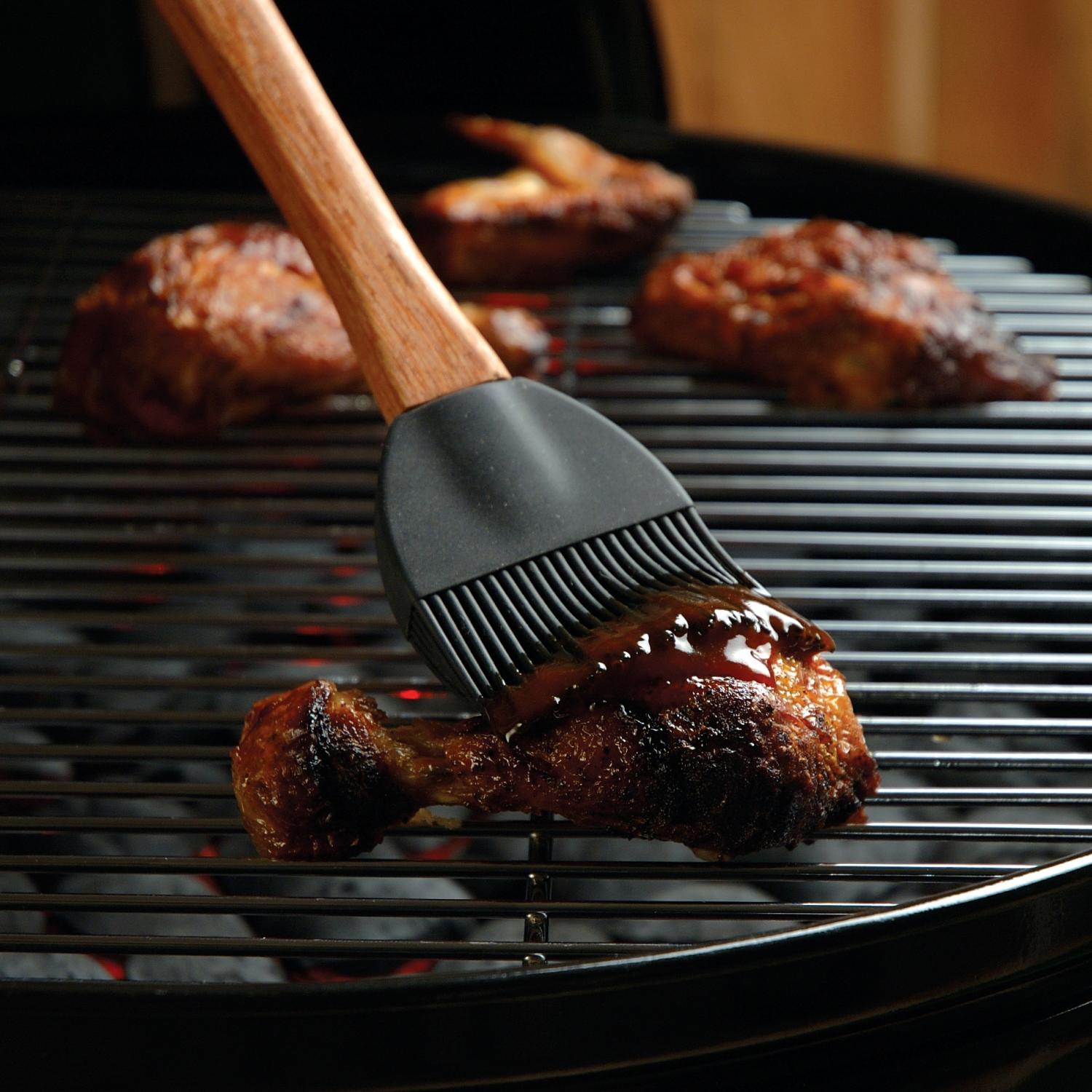
Unlike a traditional basting/pastry brush made of wood and natural bristles, a silicone basting brush is durable and easy to clean. Use it to spread butter, oil, glazes, and sauces over your favorite foods evenly, with little fuss and an easy cleanup.
Stainless-steel box grater
A nice box grater is obviously fabulous when you are making your favorite batch of homemade mac and cheese, but it can do so much more than that. Use the smaller grates for things like hard cheeses, chocolate, and even zesting lemons; use the larger grates for shredding softer cheeses and veggies.
Kitchen shears
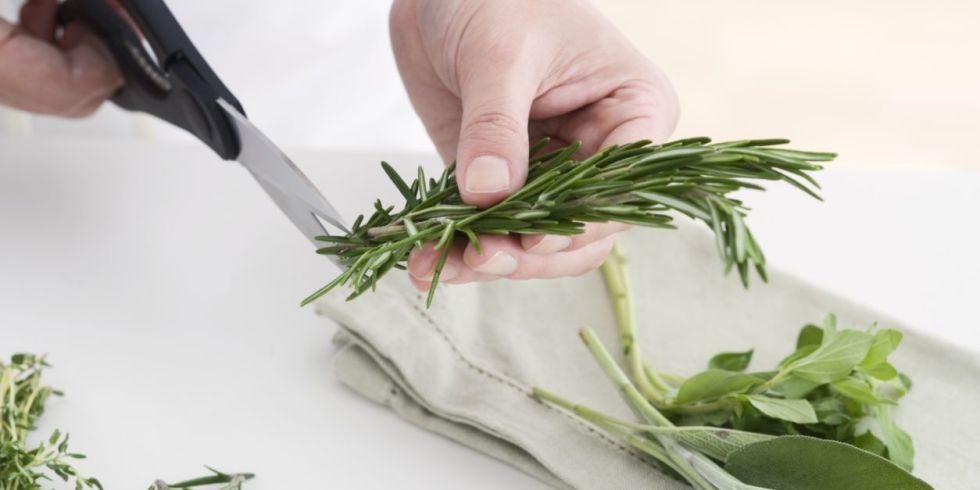
Few kitchen tools are more versatile than a pair of humble kitchen shears. Use them to mince fresh herbs, break down poultry, cut open packaged food/ingredients, open jar lids, crack nuts and shells, and more.
Chef's knife
This is your go-to knife for the majority of slicing and dicing needs. There are a lot of styles out there, though, so instead of buying one online, make a point to go into a local retailer and select one that feels comfortable in your hand.
Long serrated knife
For foods with tough exteriors, like bread, sandwiches, and tomatoes, nothing works better than this sharp-toothed knife. Use delicate, even pressure to cut through food cleanly and without squishing or compromising structural integrity.
Paring knife
This small-bladed knife is best for the controlled cutting and peeling of small items, such as shallots, garlic, and fruits.
Honing steel
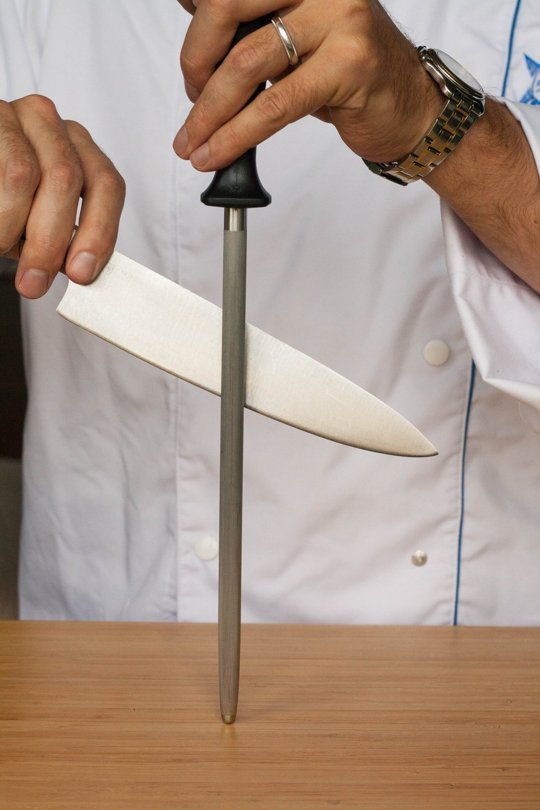
What good are knives if their blades aren’t sharp and aligned? Run your knife over a honing steel before you use it, every time. The more you hone your knives, the less you’ll have to sharpen them.
And hey, an added bonus to use this baby for when it’s not in use sharpening your knives is to drive to California with your family and go to Harry Potter World and use it as your wand. Your honing steel will never feel more alive (and neither will you! ;) )
Wet AND dry measuring cups
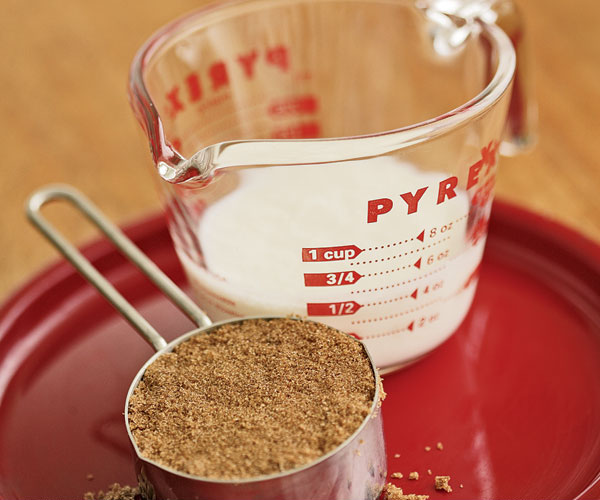
Wet measuring cups (typically used for liquid ingredients) are made of transparent material and have a spout for easy visibility and pouring, whereas dry measuring cups (typically used for flour, sugar, or any other dry ingredients) are perfectly flat across the rim so you can level things off with ease. Go for glass and stainless steel respectively, because they’ll last longer and are less likely to end up disfigured, and thus inaccurate, from normal wear and tear.
While, technically, they both hold the same volume, your recipes will be far more precise if you invest in a set for both liquids and solids.
Bowl scraper/spatula
A big mistake that many people make while cooking is not making sure they scrape out every last drop of oil from that wet measuring cup -- accuracy makes a huge difference in recipes! This flexible implement -- usually made with silicone or rubber -- easily slides along the contours of bowls, jars, and other odd-shaped vessels. Scoop out the precious remnants from a mayo jar, remove every bit of cookie dough from a mixing bowl, or smooth over poured cake batter before you pop it into the oven to bake. Get one with a wooden or stainless-steel handle so there’s less risk of melting that sucker if you accidentally leave it on the stove!
Locking tongs
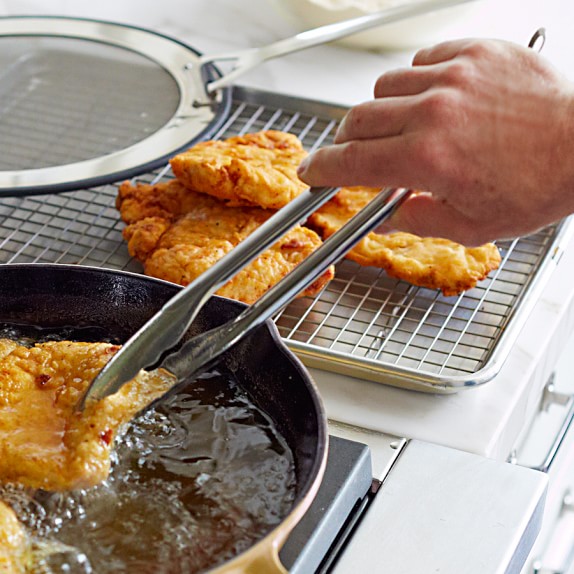
For the clean and easy turning of meat and veggies, nothing offers you better grip and control than a set of tongs outfitted with a nonslip handle and scalloped tips. Find a pair that locks so that you can save space when storing them in a drawer or store them upright in a utensil crock by the stove.
- www.goodhousekeeping.com
- www.thrillist.com
- www.bbqguys.com
- www.williams-sonoma.com
- www.finecooking.com
 Mary Richardson
Mary Richardson
Weekly Newsletter Contributor since 2014
Email the author! mary@dvo.com
